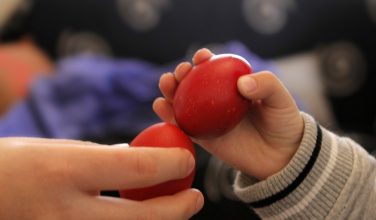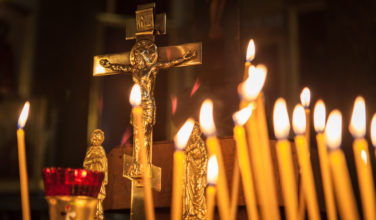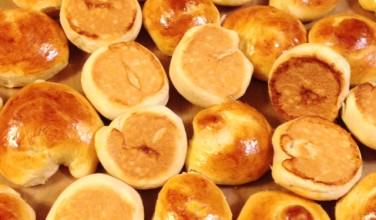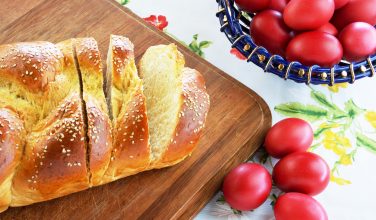What Is On A Traditional Greek Easter Food Menu?
Comments Off on What Is On A Traditional Greek Easter Food Menu?
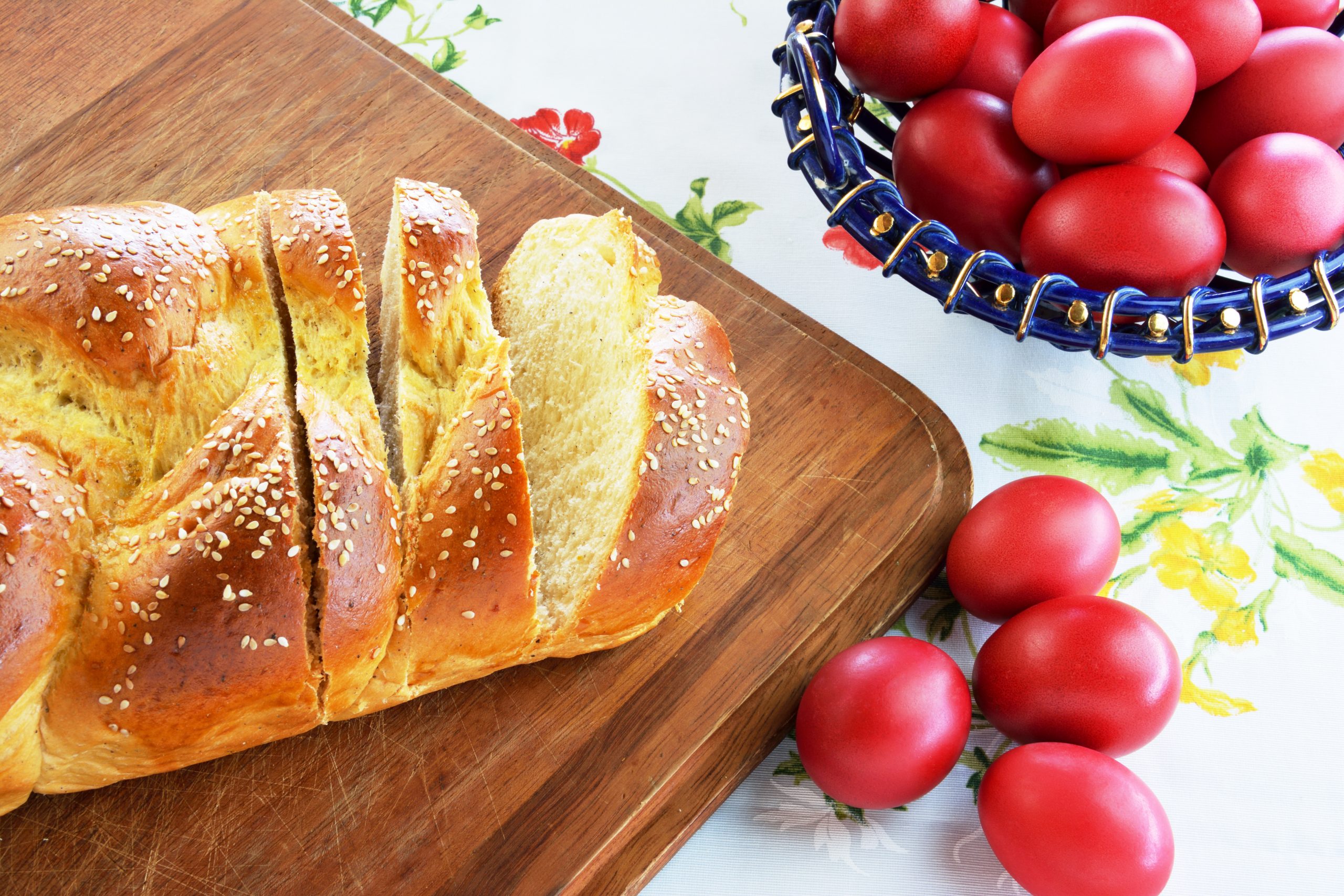 Greek Easter is filled with many traditions, and most of these involve food! After fasting during Great and Holy Lent, many Greeks are excited to begin eating normal foods again. Not only that, but honoring Christ’s resurrection is a happy occasion and one that makes people want to celebrate. Although traditions can vary depending on the family and the region of Greece the families are from, there are a few that remain consistent.
Greek Easter is filled with many traditions, and most of these involve food! After fasting during Great and Holy Lent, many Greeks are excited to begin eating normal foods again. Not only that, but honoring Christ’s resurrection is a happy occasion and one that makes people want to celebrate. Although traditions can vary depending on the family and the region of Greece the families are from, there are a few that remain consistent.
Here’s a look at the top Greek foods that find their way at the table during Greek Easter, also known as Pascha:
Spit-Roasted Lamb
Lamb is by far the most traditional meat that is cooked at Easter. Although there are different ways that lamb can be prepared, roasting it on a spit is by far the most popular. It is also fairly common to prepare something known as Kokoretsi to roast on a spit. This is a dish that includes lamb meat plus the organs from the animal. It is often roasted on a separate spit underneath the lamb itself so that the juices from the lamb can flavor the Kokoretsi.
Magiritsa – Greek Easter Soup
Magiritisa is another dish that is traditionally prepared during Greek Easter. This is a soup that is a bit of an acquired taste for some because it is usually made out of the head of the whole lamb. When the lamb is being prepared for the spit, the head is reserved for this soup. Some say that the meat located on the cheeks of the lamb is some of the most tender! Most recipes involve other parts of the lamb, such as the organs. This is considered to be a delicacy and there are those who really enjoy it!
Red Easter Eggs
Eggs have long been a symbol of spring, and they have also been adopted as a religious symbol for Easter. Greeks hard boil eggs to serve on Easter and then dye them red, which symbolizes Christ’s blood. When the egg is cracked and the peel is taken off, this symbolizes Christ emerging from the tomb after he was resurrected.
Tsoureki – Greek Easter Bread
Most holidays in Greece call for a special, sweet bread and Easter is no exception. Known as Tsoureki, this special bread has a cake-like texture and features a decadent blend of milk, sugar, and spices like cinnamon and mahleb (if you can find it). Typically, a red Easter egg is baked into the dough, a symbol of the Christ’s resurrection.
Koulouria – Greek Easter Buns
Some families forego the Tsoureki and actually serve Koulouria, a type of Greek Easter sweet roll, instead. Outside of Easter, Koulouria are found sold throughout Greece but the every day version is different than this. The dough is similar to Tsoureki, but it is a little bit softer and more cake-like. Mahleb is often used as the main spice for this bread but since it is hard to find, cinnamon can be used, as well.
Koulourakia – Greek Butter Cookies
These Greek butter cookies are actually served year round, but they are especially popular at Easter. Recipes differ and there is a little room for creativity. Our version is perfumed with orange zest, vanilla extract, and Greek brandy. However, you can skip the orange zest, use ouzo or another alcohol instead of brandy, et cetera.
No Greek table would be the same without these foods! Consider trying one of these to make your Easter holiday a little bit more traditional.
Categorized in: Greek Cooking, Greek Easter Traditions
This post was written by Greek Boston


